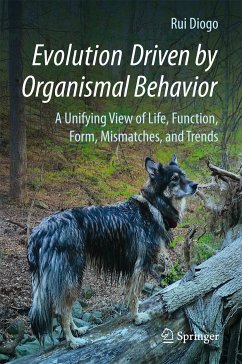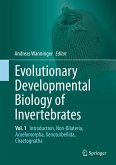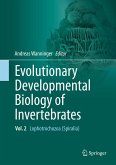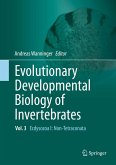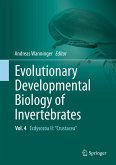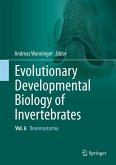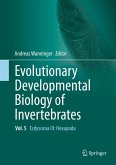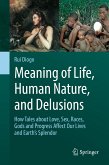Dieser Download kann aus rechtlichen Gründen nur mit Rechnungsadresse in A, B, BG, CY, CZ, D, DK, EW, E, FIN, F, GR, HR, H, IRL, I, LT, L, LR, M, NL, PL, P, R, S, SLO, SK ausgeliefert werden.
"In this relatively slim, but very ambitious volume, the author lays out his own view of how morphological evolution takes place in the context of the many variables that may influence its path. ... the 415-entry bibliography is very impressive, and reads like a who's who of evolutionary biology. This is an impressive work that is jam-packed with complex concepts and ideas. ... everyone should find it rewarding and thought-provoking." (John G. Fleagle, The Quarterly Review of Biology, Vol. 92 (4), December, 2017)
"The book is a provocative and worthy addition to the field. ... this interesting book is suitablefor all four-year colleges and above. Summing Up: Recommended. Upper-division undergraduates and above; faculty and professionals." (J. Nabe, Choice, Vol. 55 (1), September, 2017)
"The author presents an integrated picture of the origins of evolutionary theory, how it has progressed over time, and provides context for how he has developed ONCE, an integrative and unifying viewpoint about evolution that focuses on behavior of the individual organism, as opposed to a gene-based model, as a driving mechanism to evolution. This book would be useful for graduate students in the biological sciences and history and philosophy of science." (Anne M. Burrows, Frontiers in Ecology and Evolution, July, 2017)
"Rui Diogo's new book is not only a brilliant collection of theoretical and empirical data on biological evolution but also an attempt to provide an empirically based explanation for the two most 'difficult' phenomena in the theory of evolution. ... The book will be interesting and helpful for students, as well as experts in other fields, as it contains a nearly encyclopedic overview of empirical data and theoretical ideas in the scope of biological evolution including the most recent ones." (Varvara Dyakonova, Evolutionary Psychological Science, July, 2017)

